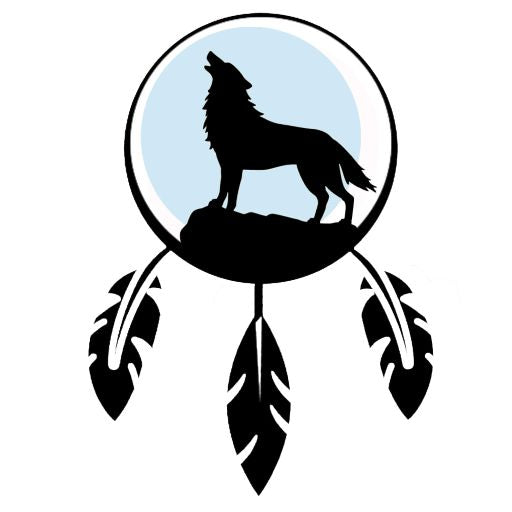How to verify the authenticity of indigenous products?

When it comes to buying Indigenous products, authenticity is paramount. Not only does it ensure you are truly supporting Indigenous artisans, but it also helps respect and preserve the cultural traditions reflected in these unique items. Here are some tips for verifying the authenticity of Indigenous products and avoiding imitations.
1. Research the product's origin
An authentic product often has a unique story behind it. Learn about the product's origin, especially the artisan or community that made it. On Indigenous Crafts , we highlight artisans like Dave Verreault-Thisselmagan, a young Innu man from Mashteuiatsh, who creates items using traditional techniques.
2. Check the certifications
Some organizations and labels certify the authenticity of Indigenous products. For example, the "Authentic Indigenous" label in Canada indicates that the product was made by Indigenous artisans. Always ask or check if the product comes with such certification.
3. Avoid mass markets and non-specialized platforms
Authentic Indigenous products are not often sold in large quantities or on general marketplaces. Opt instead for specialty shops like Artisanat Autochtone , which focuses exclusively on selling products made by Indigenous artisans. This ensures not only authenticity but also that artisans receive fair compensation for their work.
4. Knowledge of traditional materials
Authentic Indigenous products are often made with specific, traditional materials. For example, Dave Verreault-Thisselmagan's dreamcatchers are made of moose hide and natural feathers, materials that hold deep significance in Indigenous cultures. If a product looks too cheap or is made with non-traditional materials, it is likely inauthentic.
5. Buy directly from local artisans or cooperatives
Buying directly from Indigenous artisans or cooperatives is one of the best ways to guarantee authenticity. Many Indigenous communities have their own retail outlets or online stores. On Indigenous Crafts , every purchase directly supports the artisans and their families.
Conclusion
Ensuring the authenticity of Indigenous products is not just a matter of quality; it's also a way to actively support Indigenous cultures and traditions. By following these tips and purchasing from trusted sources like Indigenous Crafts , you can be certain you're getting an authentic product while honoring the artisans who keep these rich traditions alive.
Visit our online store to discover a range of authentic items carefully crafted by Indigenous artisans, and be among those who support true Indigenous creators.
